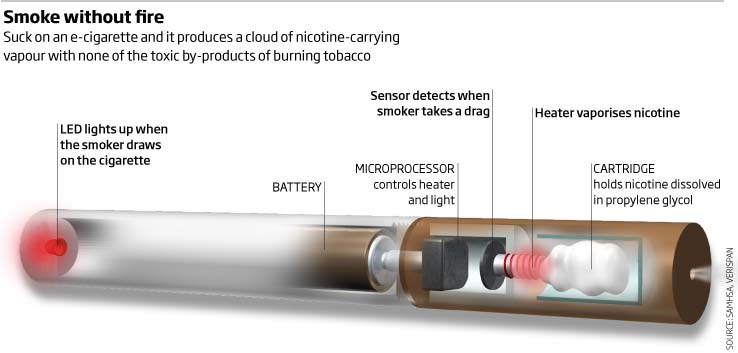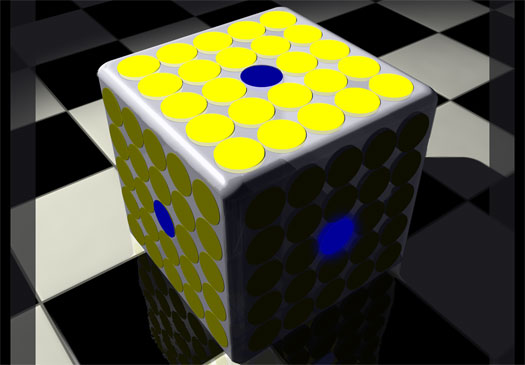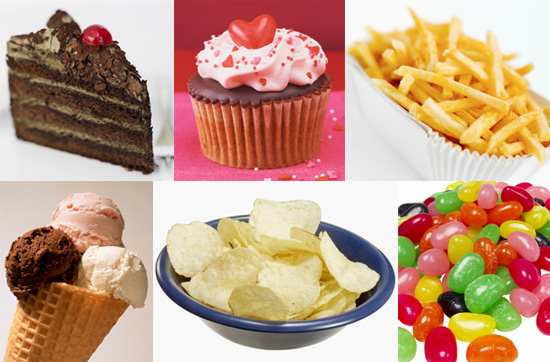Emotional Forecasting and Change Management
Friday, January 14th, 2011 Leaders and innovators are keen on creating intangible value – happiness, meaning, emotional engagement, loyalty, passion and even the WOW factor. And why not, these mental states drive top performance, sales and marketplace success in the short and long haul. So there is growing interest in understanding how employees, customers and partners feel or will feel given some proposed change in product, work practice or business model. Knowing the emotional impact of a proposed change is savvy when it comes to creating, leveraging and protecting the intangible value of the firm.
Leaders and innovators are keen on creating intangible value – happiness, meaning, emotional engagement, loyalty, passion and even the WOW factor. And why not, these mental states drive top performance, sales and marketplace success in the short and long haul. So there is growing interest in understanding how employees, customers and partners feel or will feel given some proposed change in product, work practice or business model. Knowing the emotional impact of a proposed change is savvy when it comes to creating, leveraging and protecting the intangible value of the firm.
Care should be taken when asking people how they will feel in the future. Recent research indicates that we systematic neglect our own personality when predicting how we will feel about future events.
“Quoidbach and Dunn call this phenomenon “personality neglect,” which they tested in connection with the 2008 U.S. presidential election. In early October 2008, a large sample of Belgians predicted how they would feel the day after the U.S. presidential election if Barack Obama won and how they would feel if John McCain won. Then the day after the election, they reported how they actually felt, and completed personality tests. Nearly everyone in the study supported Obama, so most predicted they would be happy if he won.”
But it turns out supporters with a grumpy disposition remain so despite the happiness they predicted for themselves and the fact that their candidate won. They failed to factor their grumpy personality into an emotional forecast.
Care should be taken when designing surveys that involves emotional forecasting. Much better to empathize rather than analyze or swing the other way and collect physiological data rather than verbal reports when it comes to understanding emotional states.







